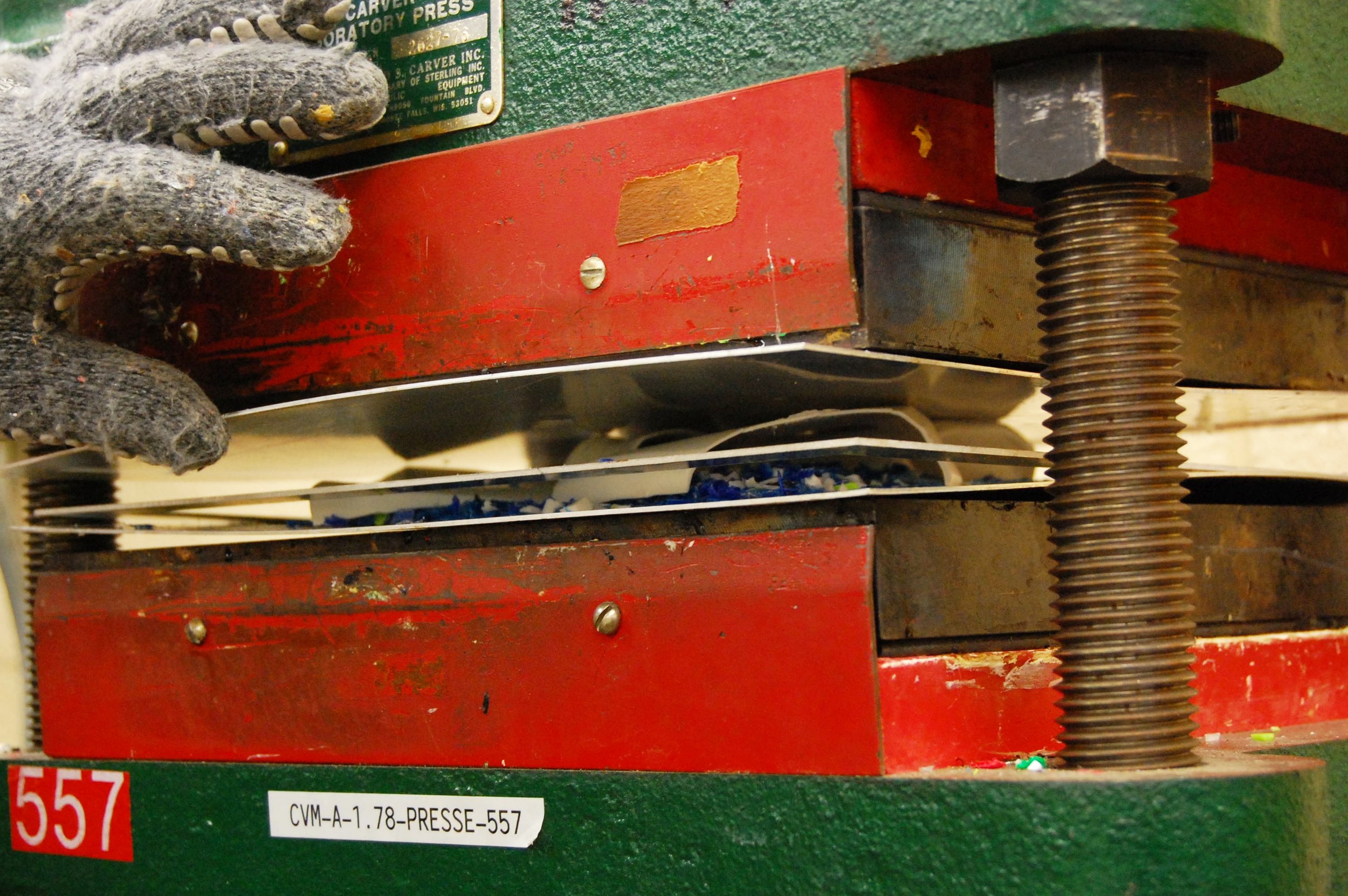Using Plastic Waste to make Earrings pieces - CP3’s latest project
In this article written by Adela Languein, we are presented with the detailed process of how CP3 has made its latest project: recycled earrings. Here we can see the technical steps of taking an environment-friendly stance when choosing how to accessorize. Adela is also responsible for all the photos presented in this article. Ultimately, this article shows the talent and passion of many people trying to decrease plastic waste and help the plastic crisis.
You just recycled that empty plastic laundry detergent bottle, you feel like a good person right? But did you ever think if that laundry detergent bottle is truly recyclable?
How a pair of earrings can solve the plastic crisis, or at least demonstrate how repurposing plastic can create a positive impact on the environment.
CP3 General Coordinators Felix, Marina, and Wanda working.
“CP3 is a multidisciplinary project and the end goal is to address the plastic crisis by doing local recycling on campus”
Wanda Stamford, co-founder and external business coordinator of CP3 said about the project’s mission.
A new project was created this semester involving recycling and repurposing plastic to be created as fashionable earrings.
“For the earring project particularly, the idea was to make a fashionable piece that made a statement ecologically, but also in fashion, right, like it's quite a bold design and it's quite long and it's a statement piece,”
Wanda Stamford said in regards to the purpose of the project.
The first step to making these eco-friendly earrings is collecting the right type of plastic. HDPE or type 2 plastic is used to create the earring because this type of plastic doesn’t produce harmful fumes and is safe to recycle, as said on CP3’s website. Plastics such as milk jugs and laundry detergent bottles are first cleaned and removed of all stickers before being placed in the shredder or cut into small pieces.
External Coordinator Wanda assembling the earrings.
“We made some tests and we understood that the mold was big enough to hold 120 grams of plastic so it's very easy for us to know how much plastic to put in,”
Felix Beaudry, operational coordinator designer of CP3 said when setting up the shredded plastic.
Project Coordinator Marina measuring and creating a pattern before making the plastic sheet.
The plastic shreds are then laid flat onto a metal plate and put into the hot press machine to melt the plastic. After it gets pressed, the metal plate is taken out to cool down before taking the plastic sheet out. The designs and color vary on the plastic sheet, depending on which plastics are used more than others.
Design Coordinator Felix using the hot press machine.
Once all the plastic sheets are made, the students meet on a different day to prototype the smaller earring size they were working on. Stamford and Beaudry worked in Beaudry’s apartment to determine the right size of the earring before using his CNC (computer numerical control) machine to craft the prototype.
Claire Lecker, the designer, wearing one of the pieces.
When asked how the earrings are made, Stamford explained,
“It's going to take the design that Claire made, and it's going to imprint onto the sheets.”
The final earring design was created by Concordia student Claire Lecker.
After inputting the dimensions of the earring onto the computer program for the CNC machine, it cuts into the plastic to make bell-like shaped earrings. Beaudry, Stamford and Lecker filed and cut out excess plastic off the earrings to clean them up before trying. Once earring hooks were placed on, Stamford and Lecker gasped with excitement at how the earrings looked.
“It's a conversation starter. So what we hope is that by doing something from Concordia students to Concordia students, we can also motivate our community to wear their convictions.”
Edited by Marina Correia, Project Coordinator.







